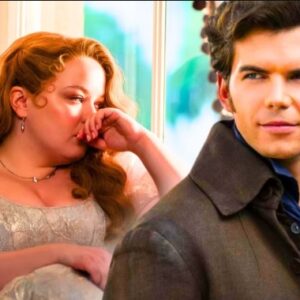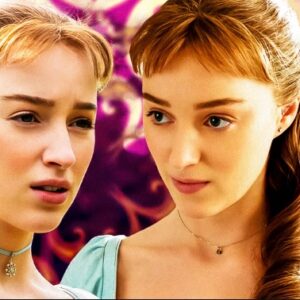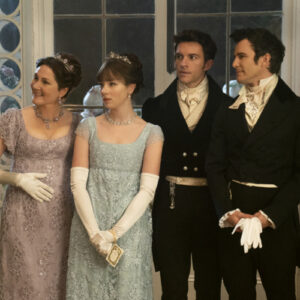FX’s new series Shōgun has received a lot of comparisons to HBO’s Game of Thrones, though there are far more differences than there are similarities.
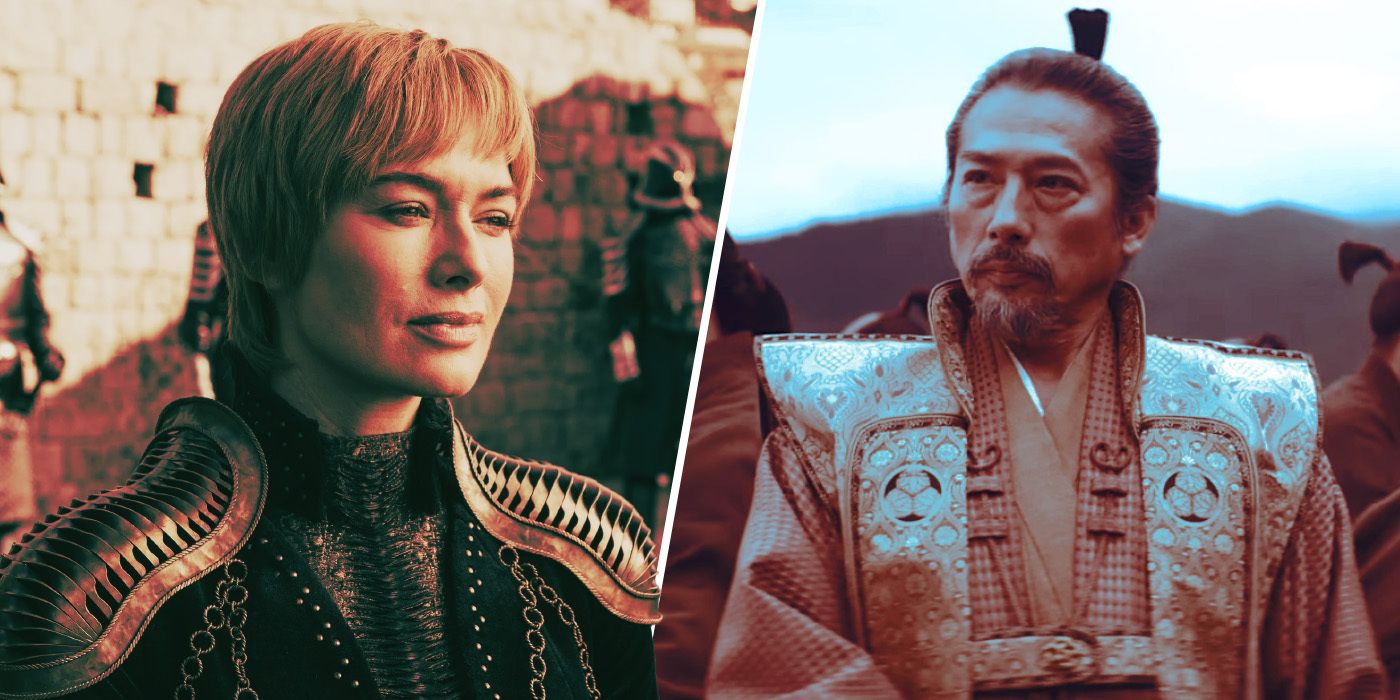
HBO
Since its debut in late February, the new FX series Shōgun has easily become one of the best-reviewed new shows of the year. The show, which is adapted from the novel of the same name, has been praised for its incredible world-building, performances from the lead cast and the consistently incredible writing on display.
Star Hiroyuki Sanada has been front and center of the whole thing, playing the ruler Yoshi Toranaga, making it yet another major role in a Hollywood production to add to his belt, following his recent appearances in films like Bullet Train, John Wick: Chapter 4 and Mortal Kombat, as well as shows like HBO’s Westworld.
There has been one particular narrative surrounding Shōgun that has been almost impossible to avoid, and that is the comparison to Game of Thrones, the hit fantasy series that dominated the airwaves throughout the 2010s.
Some critics and fans have been hailing Shōgun as the true successor to Game of Thrones, citing the similar tones and focus on politics. However, despite a few similarities, Shōgun and Game of Thrones are far from being the same thing, and to reduce them down to a quick comparison like this does both series a major disservice. Here’s why:
Shōgun Predates A Song of Ice and Fire
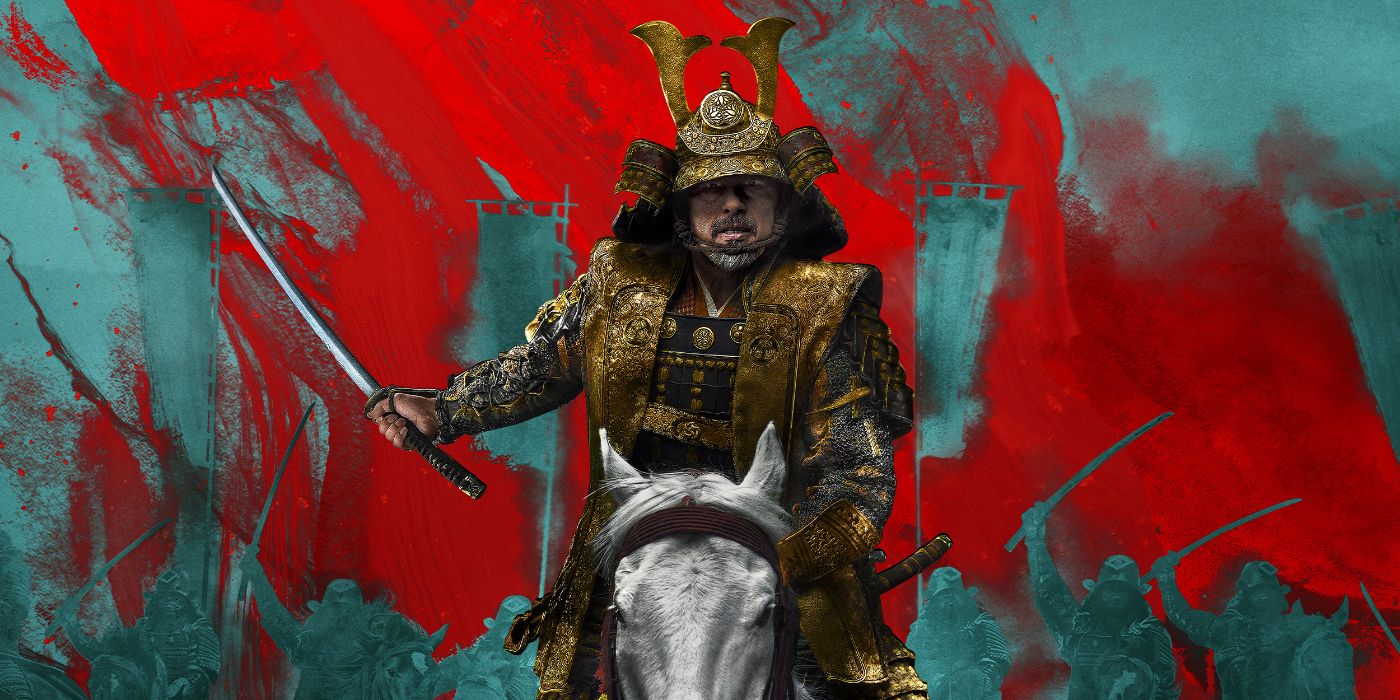
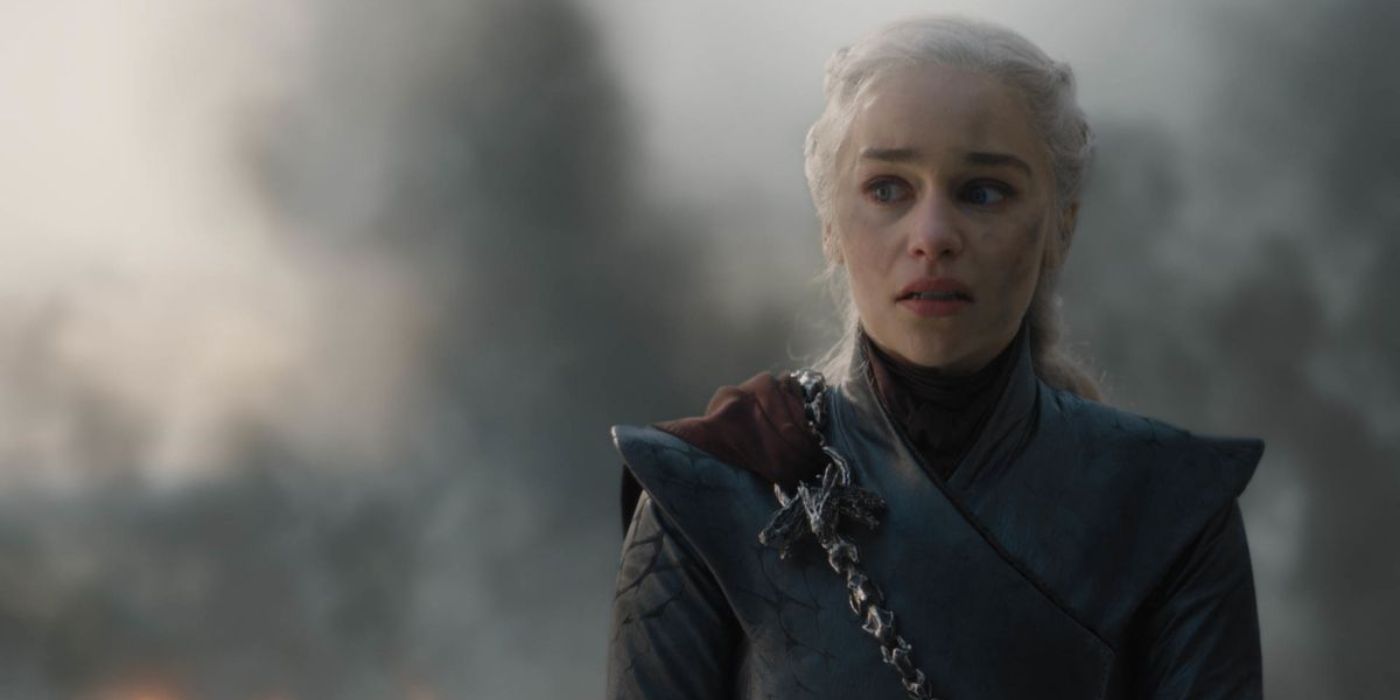
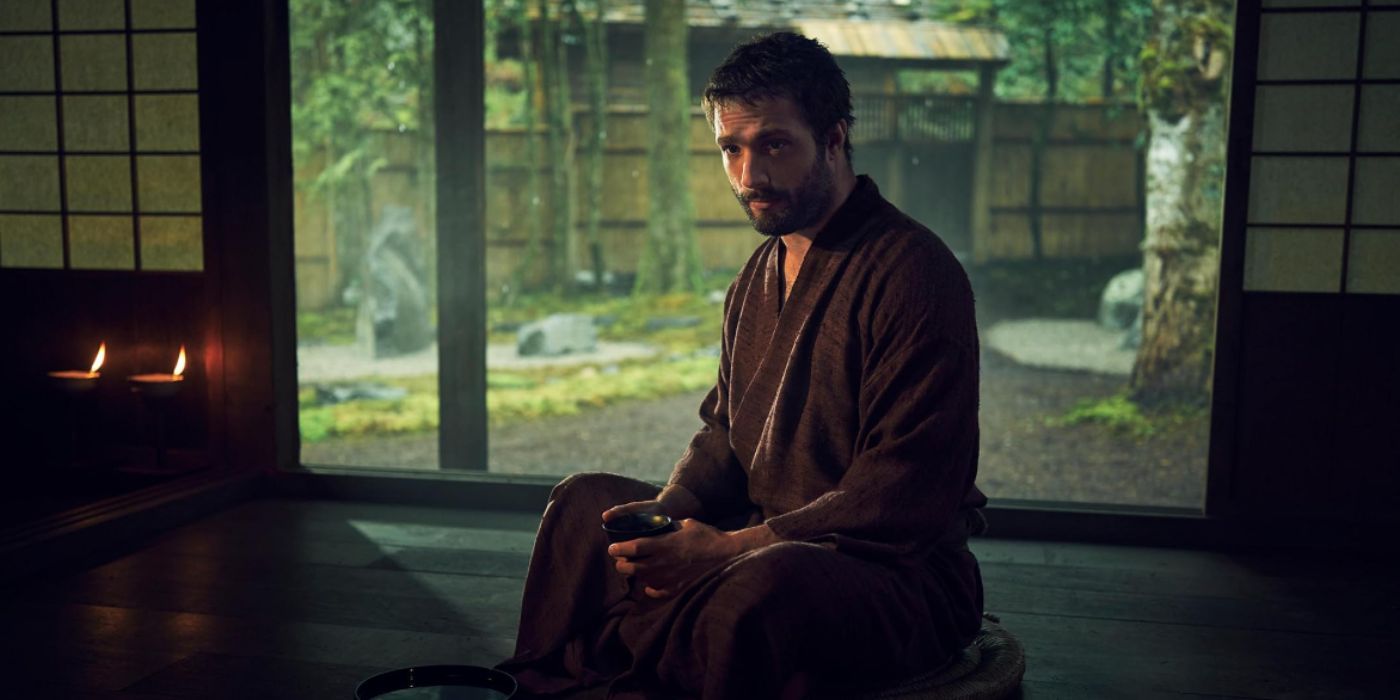
First off, one essential detail that is overlooked when saying Shōgun follows in the footsteps of Game of Thrones is the actual order in which these stories were written. The original novel that Shōgun is based on was published in 1975. The British author James Clavell was inspired to write the story when he read about the real history of the introduction between European and Japanese cultures in the 16th and 17th centuries. He then wrote a story, inspired by specific historical events and figures, about an Englishman who arrives in Japan and gradually becomes a key aspect of a major civil war.
Looking beyond the book, Shōgun also predates Game of Thrones in the realm of television. Clavell’s book was a great success almost immediately following its publication. Because of this, it was quickly adapted into a TV miniseries that aired on NBC in 1980, with the legendary Toshirō Mifune playing the role of Yoshi Toranaga. This miniseries continued to build the acclaim for Shōgun, as the series went on to win both the Primetime Emmy for Best Limited Series and the Golden Globe for Best Television Series – Drama.
As for Game of Thrones, the first book that George R. R. Martin wrote in the A Song of Ice and Fire series wasn’t published until over two decades after Shōgun was published, as A Game of Thrones hit shelves in 1996. Like Shōgun, the book was inspired by real history, specifically the War of the Roses, which took place in England in the mid-15th century.
As Martin’s series continued, this historical influence became more apparent, though it never ventured far enough to be considered a true adaptation of true events. When reading Martin’s books, it’s clear to see that the author was also inspired by many other stories and novels that predated his – as any good author should be.
While Martin has not spoken much about how Clavell’s novel inspired his own work – though the influence is easy to see on the page – he has spoken about how the 1980 miniseries inspired the Game of Thrones HBO series based on his books. In an interview with Time Magazine conducted just before the second season of Game of Thrones debuted, Martin said that he always intended any adaptation of his work to be a giant and epic event, specifically citing both Shōgun and Roots as inspirations. So, instead of Game of Thrones influencing Shōgun, it was quite literally the opposite way around.
High Fantasy vs Historical Fiction
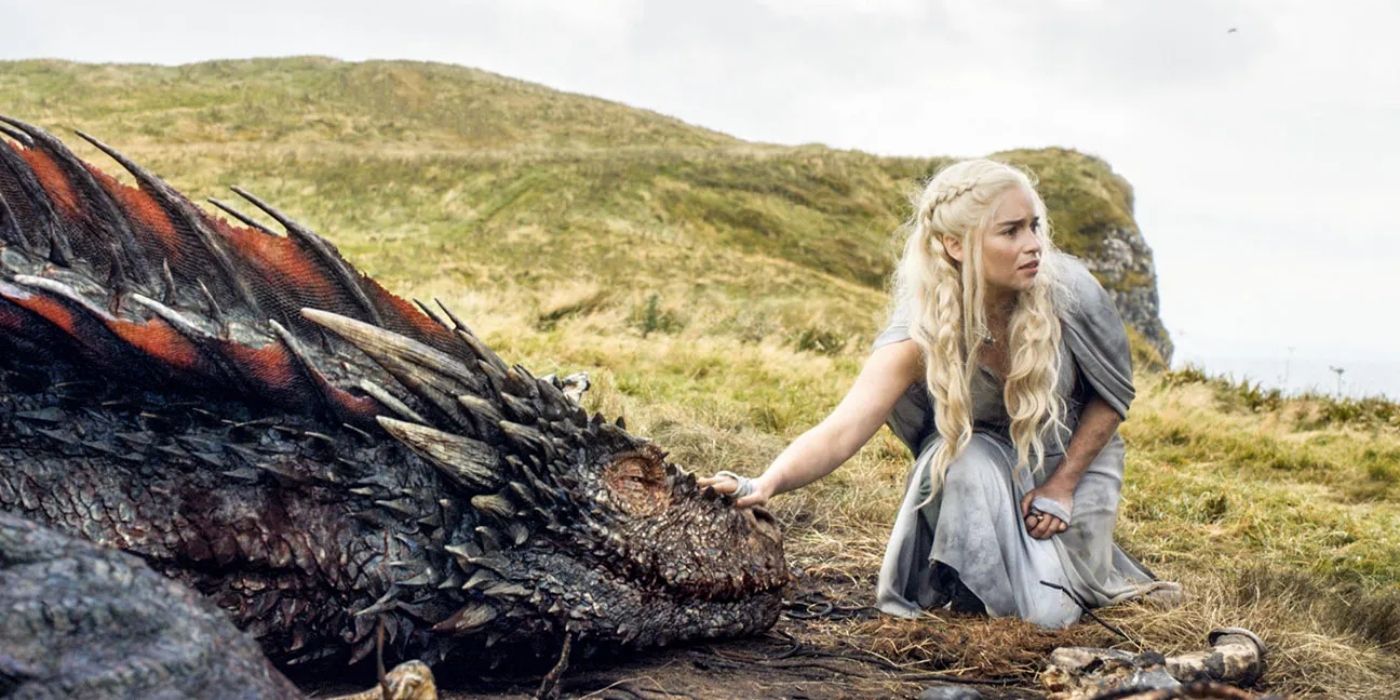
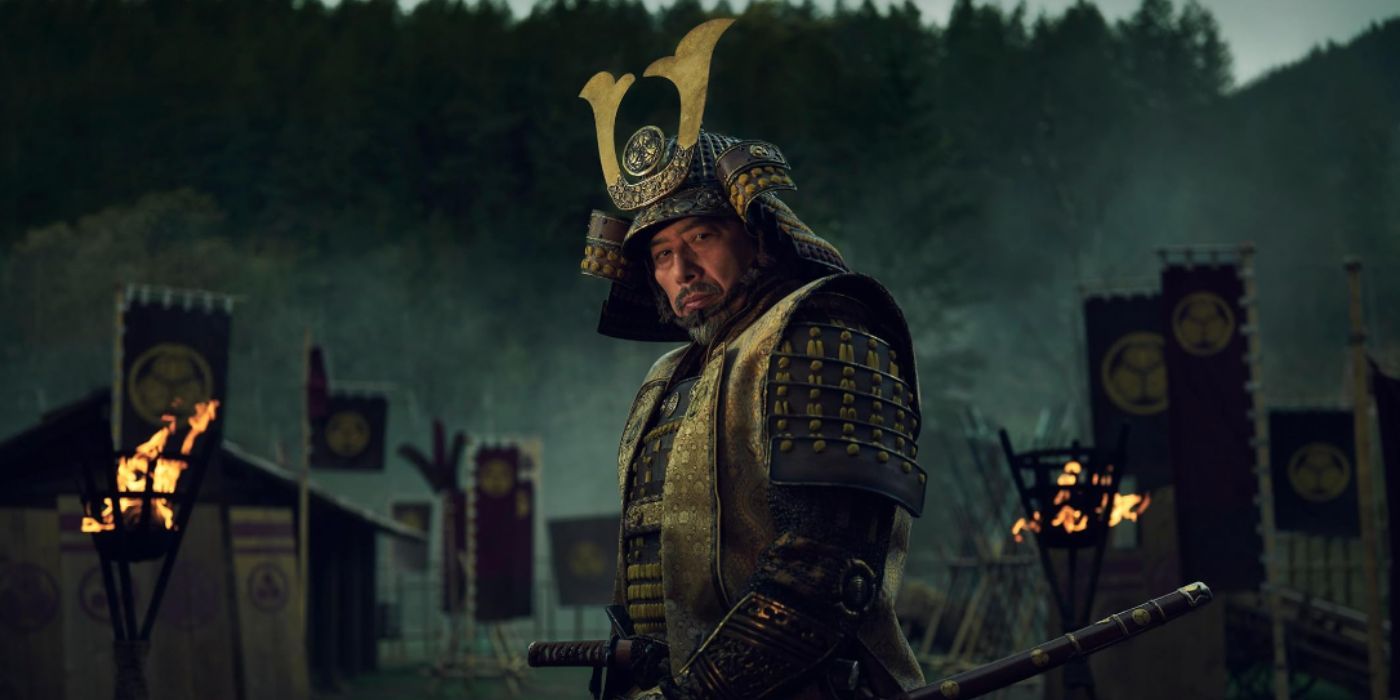
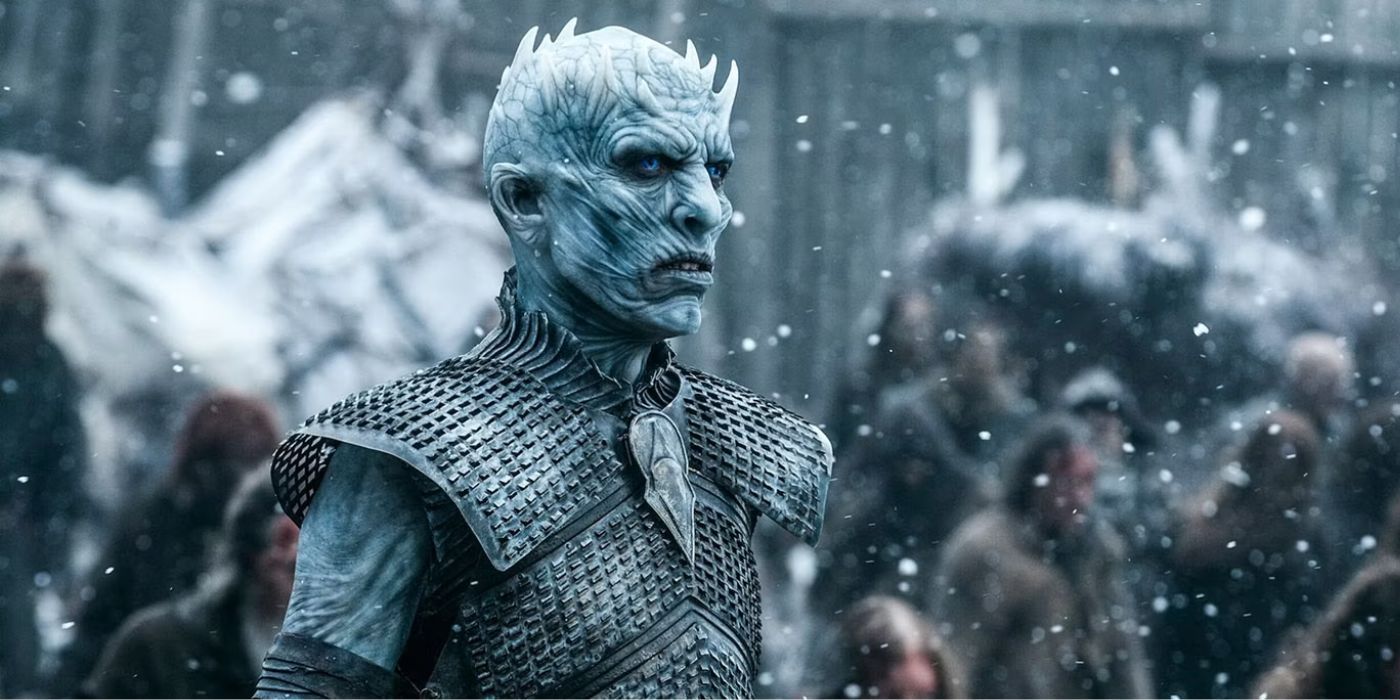
While Shōgun and Game of Thrones may have a similar aura about them, and they are both inspired by true events in some way, the way these two shows approach telling their stories couldn’t be more different. Ultimately, it comes down to the genre that each of them operate in. Whereas Shōgun is more of a historical drama that features an occasional action scene or grand battle sequence, Game of Thrones embraces the high fantasy side of things, introducing dragons, giants and ice zombies to make its story much more exciting.
Shōgun aims to tell a semi-historically accurate account of real events, though specific names and people have been altered for the sake of simplifying the story a bit, while Game of Thrones presents itself as an entirely fictional narrative. In other words, Shōgun bases its story entirely in reality, while Game of Thrones aims to introduce some realistic elements into a world completely based in fantasy.
This may seem as if it is just a difference of minutia, though it is actually a key distinction between these two stories. Both of these are also greatly effective methods of storytelling, as both historical fiction and fantasy have their different specific strengths.
By virtue of it being a fantasy story and series, Game of Thrones aims to capture its audience’s imagination and transport them to a world far from our own. It plays in escapism, while using some realism to make its characters and scenarios more relatable and compelling. Shōgun, however, aims to teach its audience more about the very real world that we live in.
By presenting its characters and events in a historical context, Shōgun allows and encourages the viewer to draw lines connecting its story to the modern day, prompting them to think deeply about the ways humanity has changed – and, more importantly, how it hasn’t – over the last few hundred years.
Allowing Both Shows to Stand on Their Own Feet
Allowing Both Shows to Stand on Their Own Feet
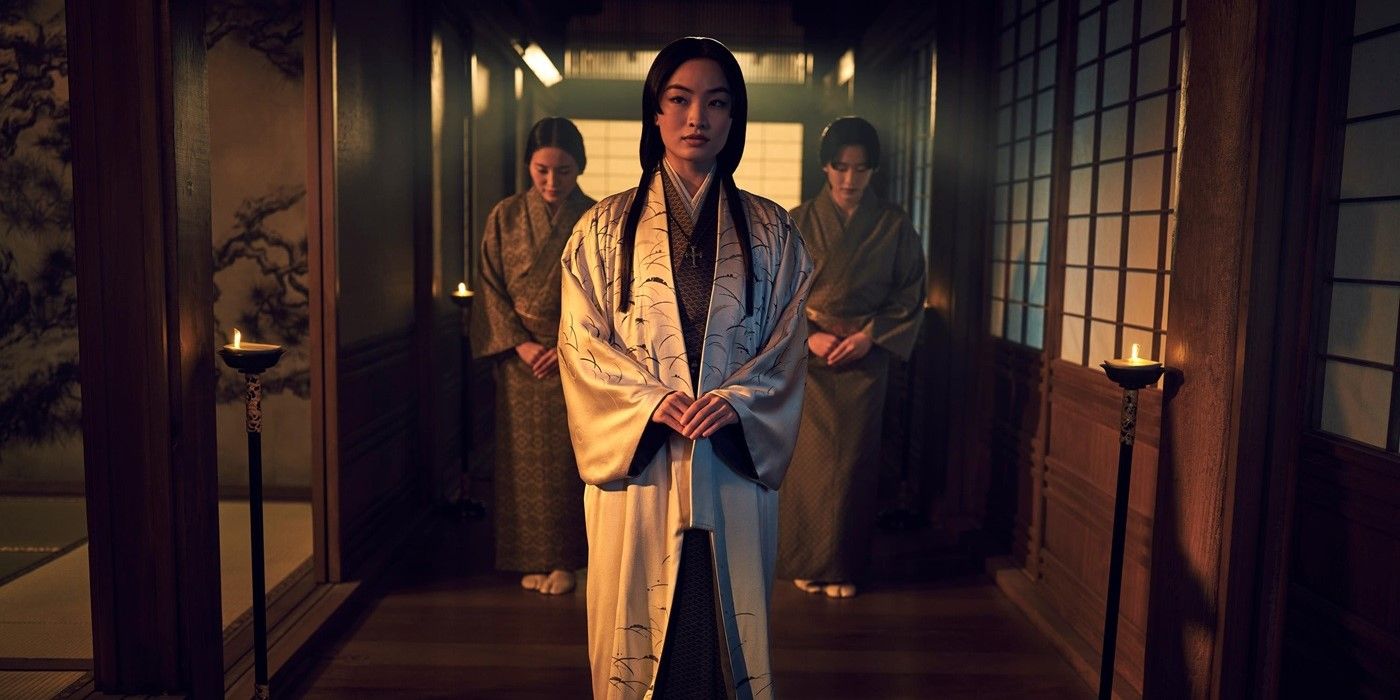
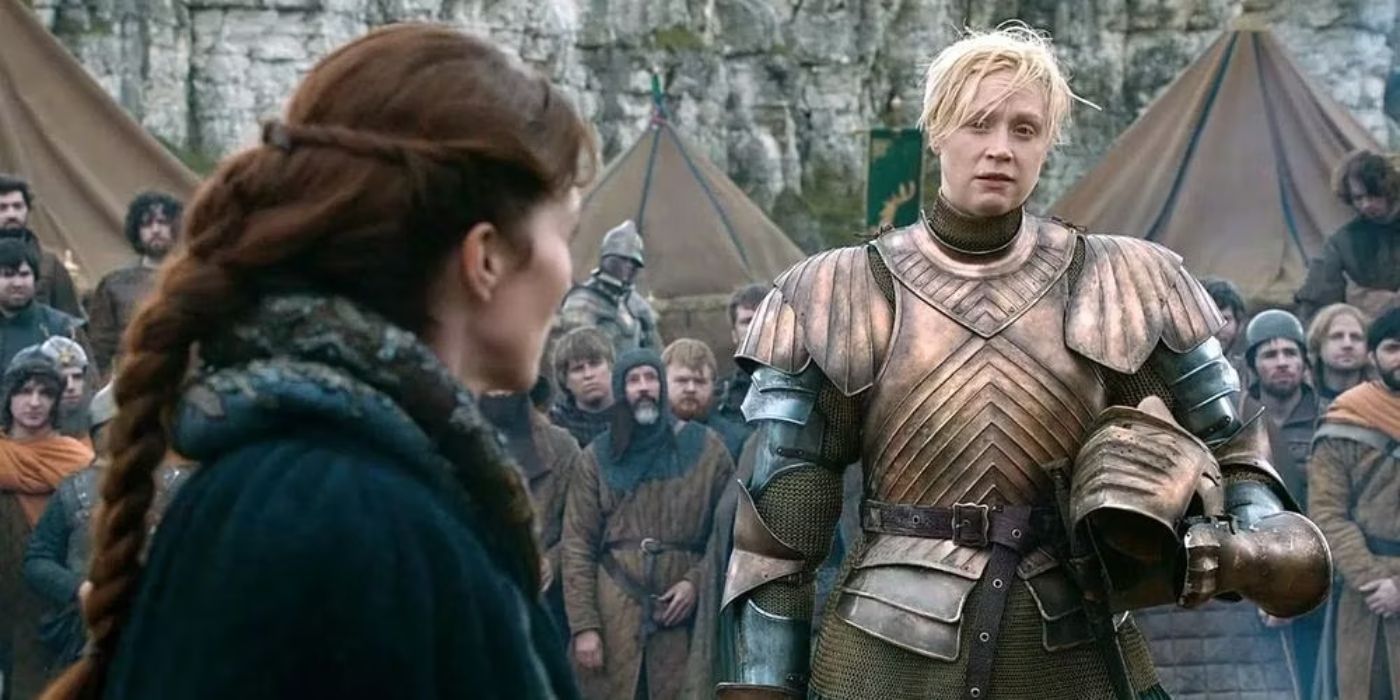

Finally, speaking about Shōgun and Game of Thrones exclusively through the vein of their relationship with one another ultimately makes it more difficult to engage with either of them on their own terms. Both series do very different things with very different goals in mind; that’s not to say that one is better than the other, merely that they can and should exist on their own two feet. Shōgun doesn’t need to be the new Game of Thrones, it just needs to be Shōgun; and vice versa.
The online conversation comparing these two shows has gained so much traction that one of the show’s directors has weighed in. When speaking with Today, director Jonathan van Tulleken (director of Shōgun‘s first two episodes) said that he does not believe the Game of Thrones comparisons to be the most appropriate for the series. Instead, he offered up HBO’s Succession or Netflix’s House of Cards as better comparisons, as they are stories about political and societal machinations where “a conversation can be as dangerous as anything else.”
As the amount of easily-available entertainment has exploded in the streaming era over the last decade or so, it has become a bit overwhelming to engage with so many stories at once. It is a nearly impossible task to keep up with all the latest shows and movies that are being buzzed about, and it can be much harder to think and engage more deeply with them when there’s so much you feel the need to watch.
As such, making quick comparisons like this – drawing a line between a smaller and lesser-known show like Shōgun to a more recognizable and widely-known story like Game of Thrones – has become an easy shortcut. However, doing so ultimately robs both series of their own agency and artistic merit, as it fosters a mindset of only thinking about one piece of art through its relation to another, rather than considering it on its own terms. You can stream Shōgun on Hulu and Game of Thrones on Max.
